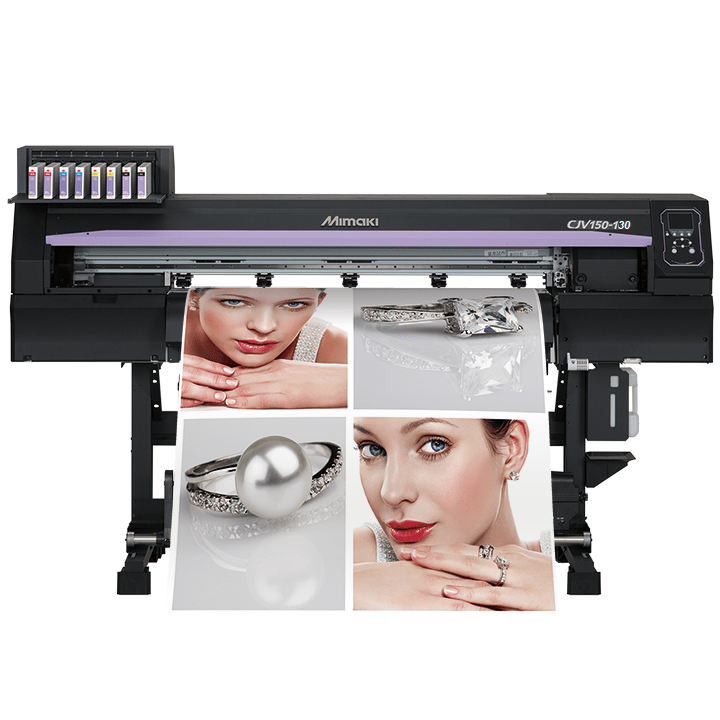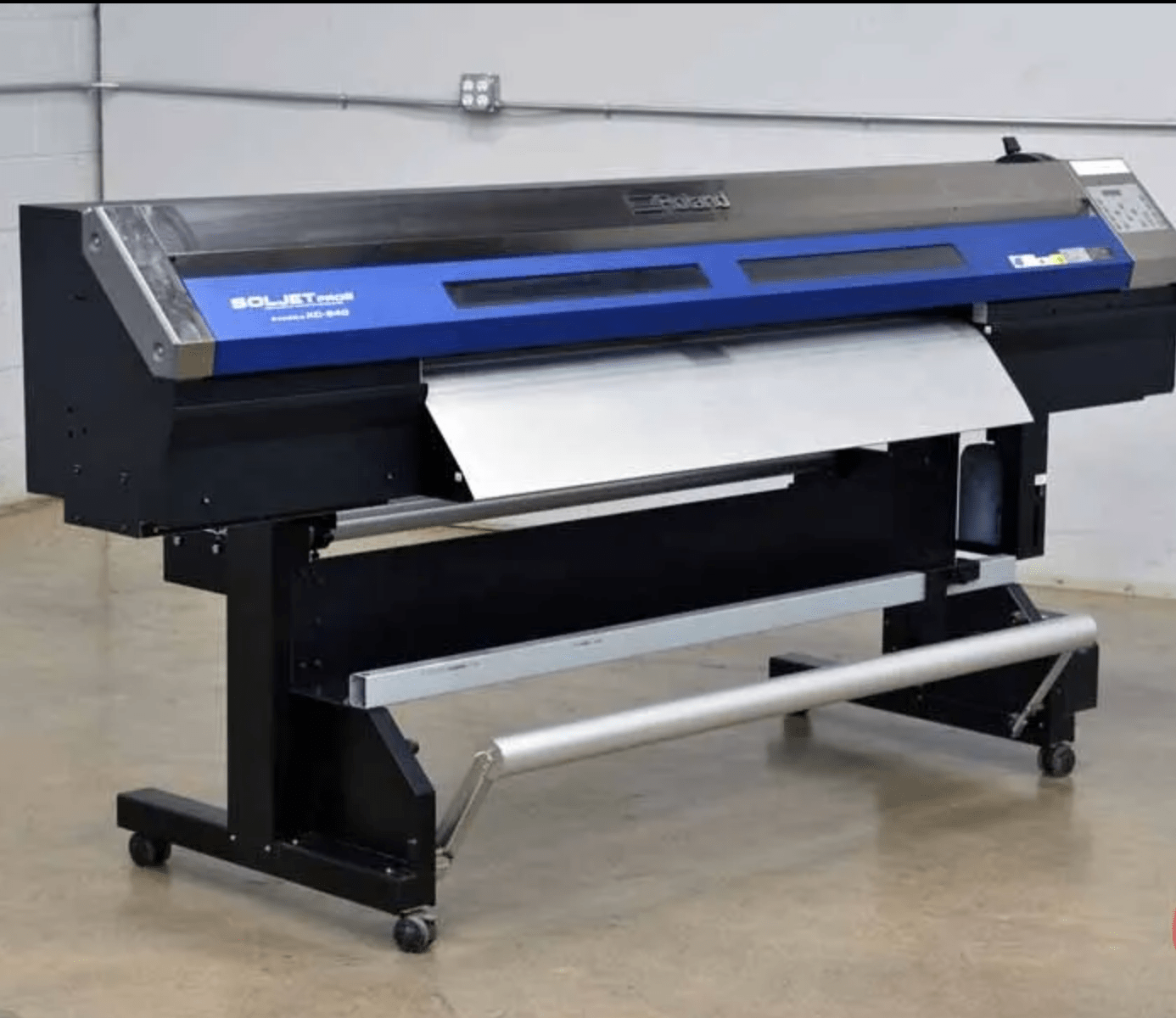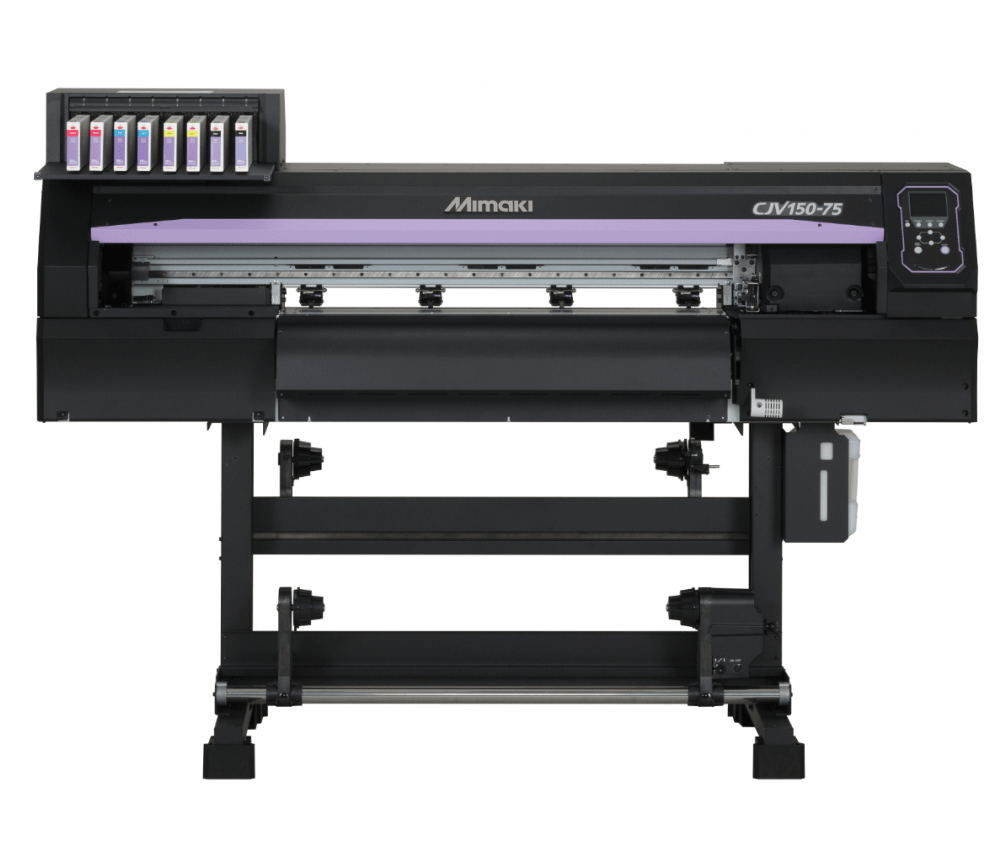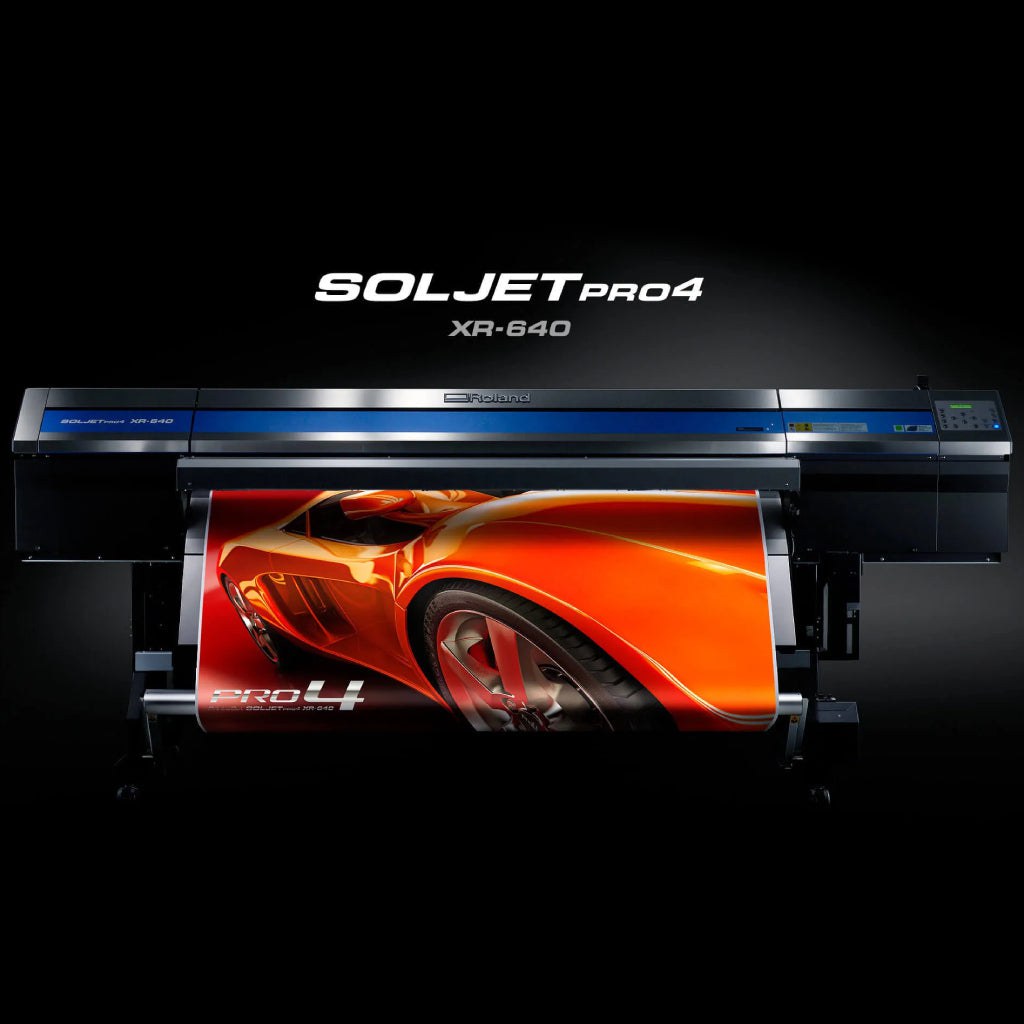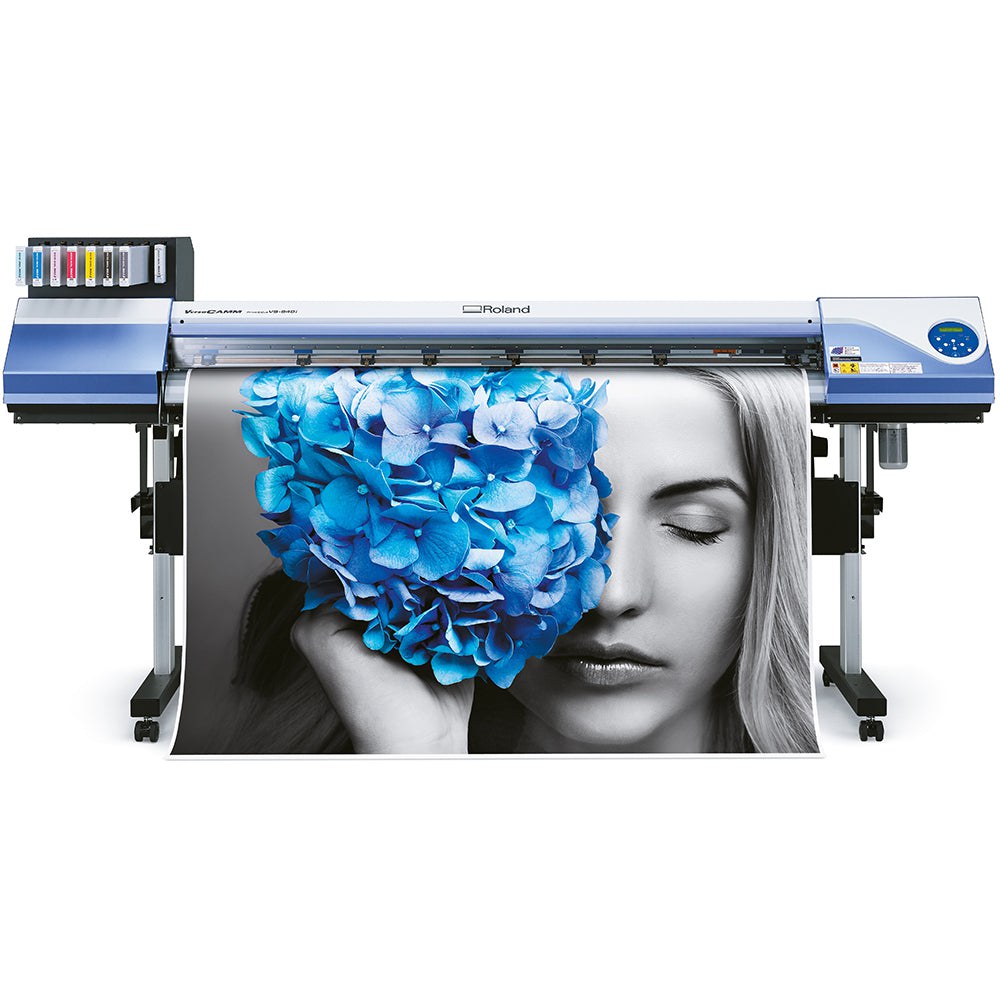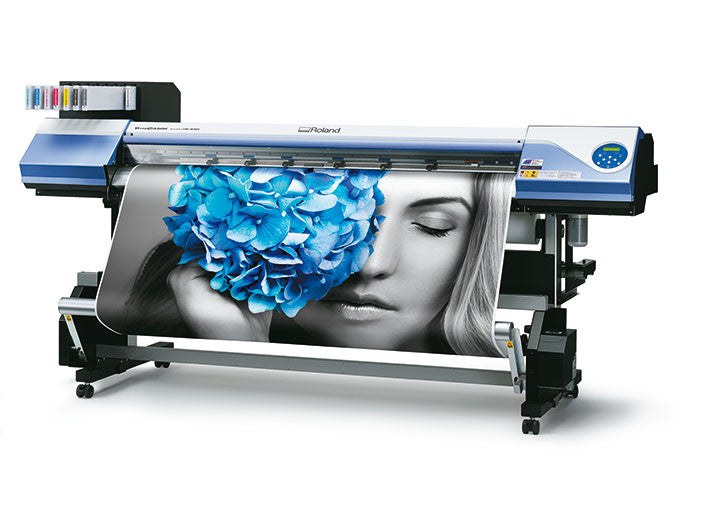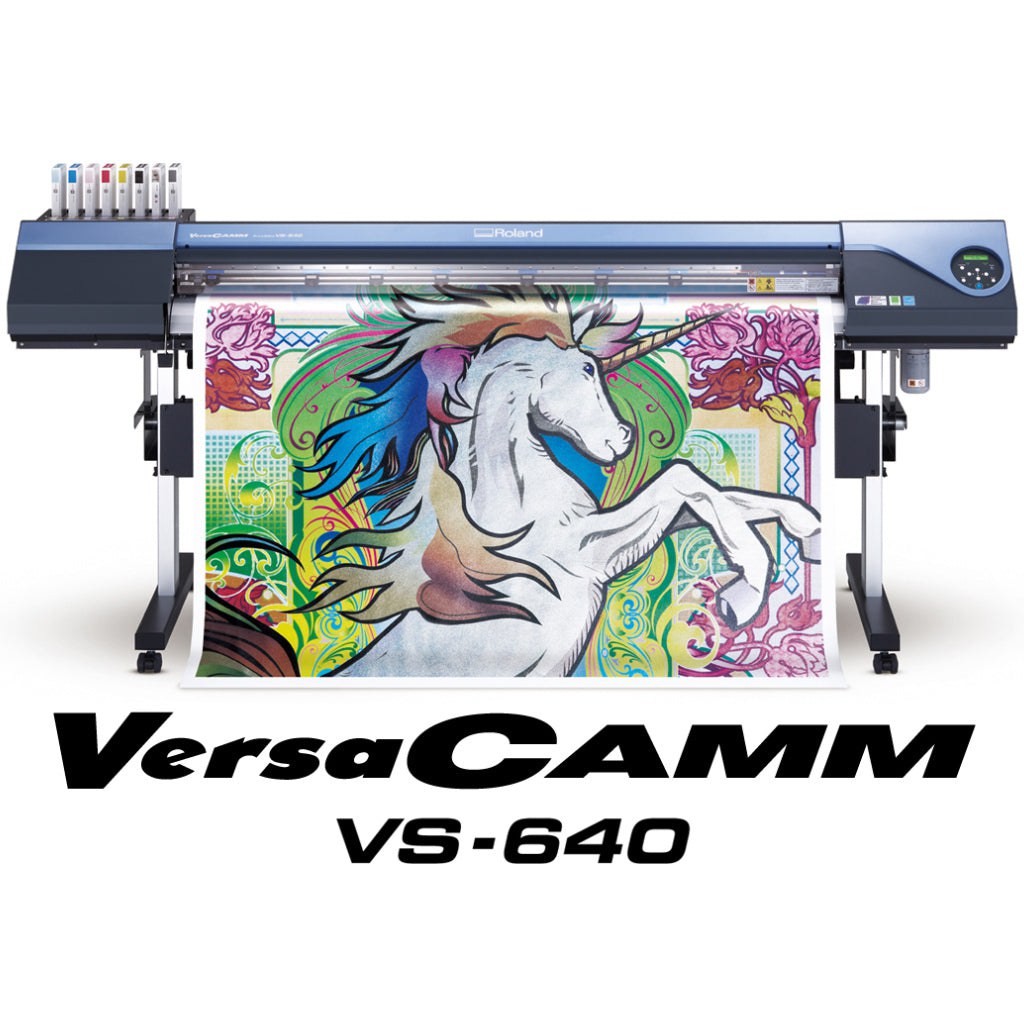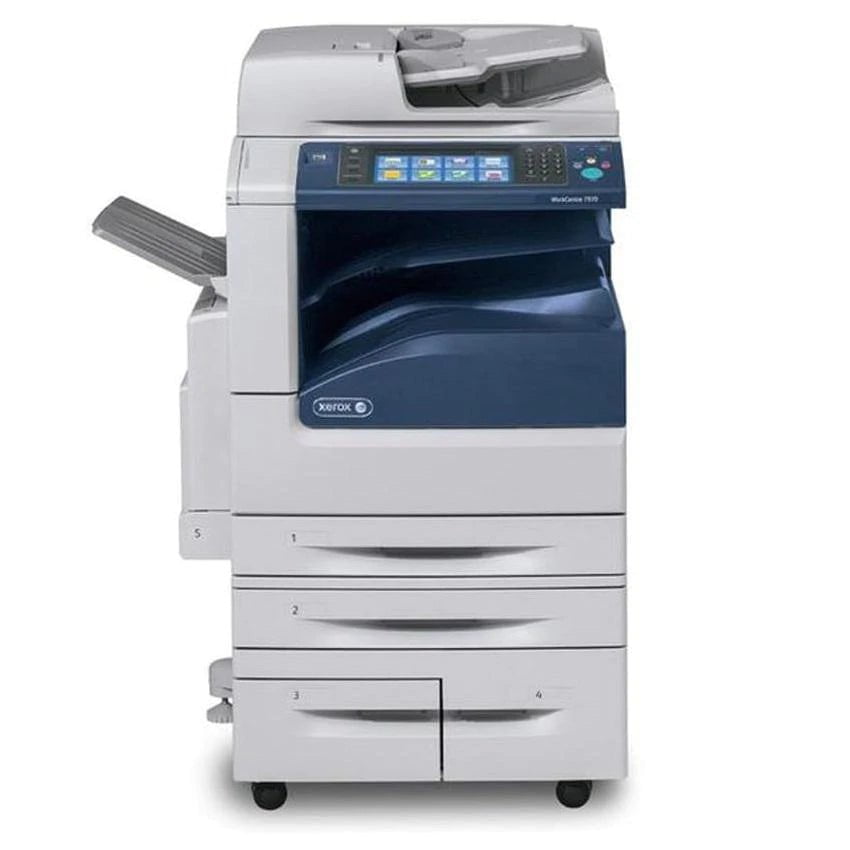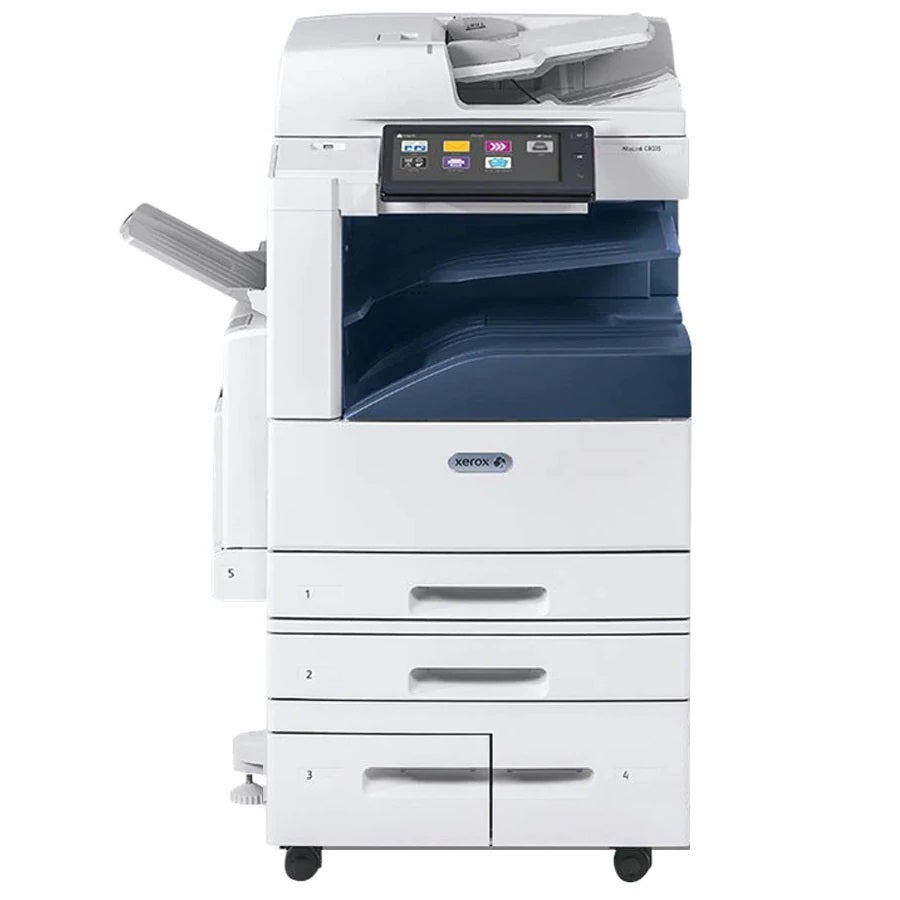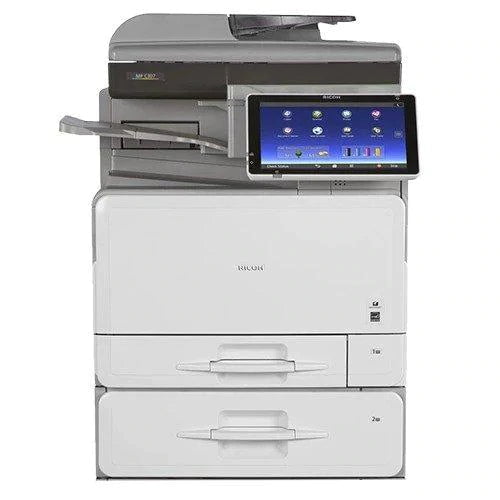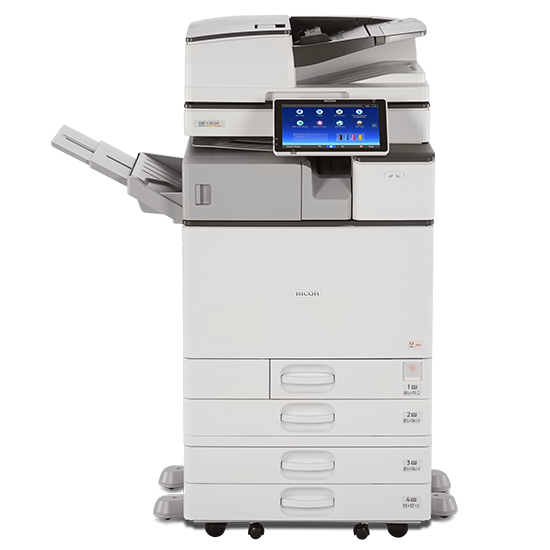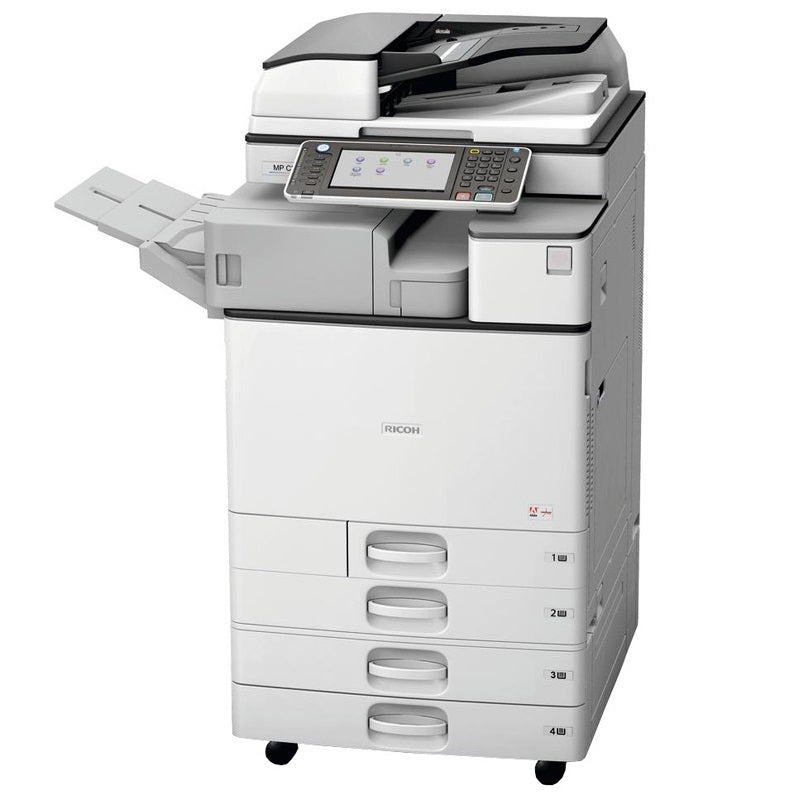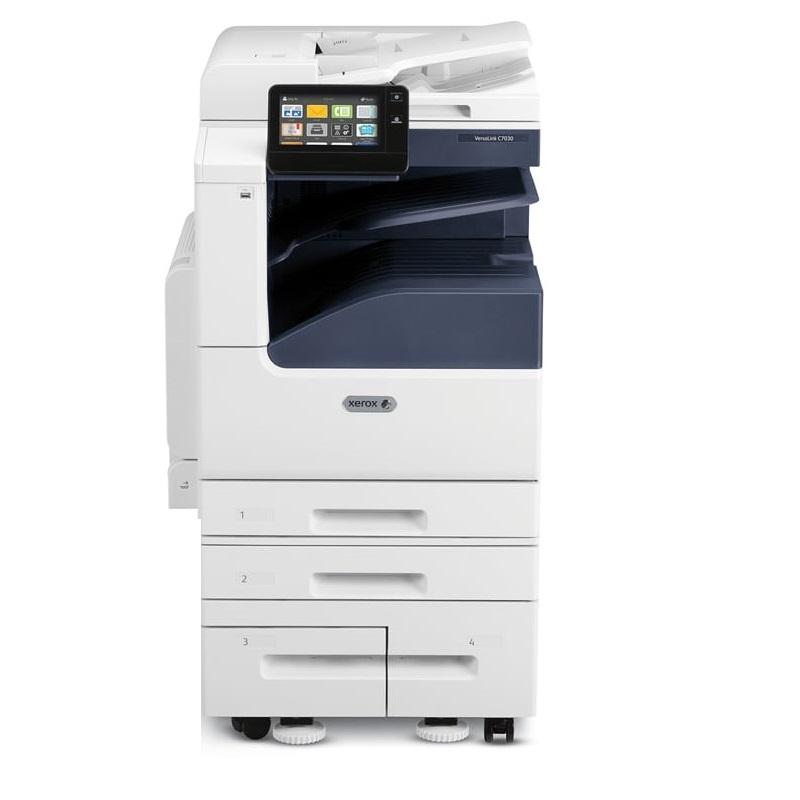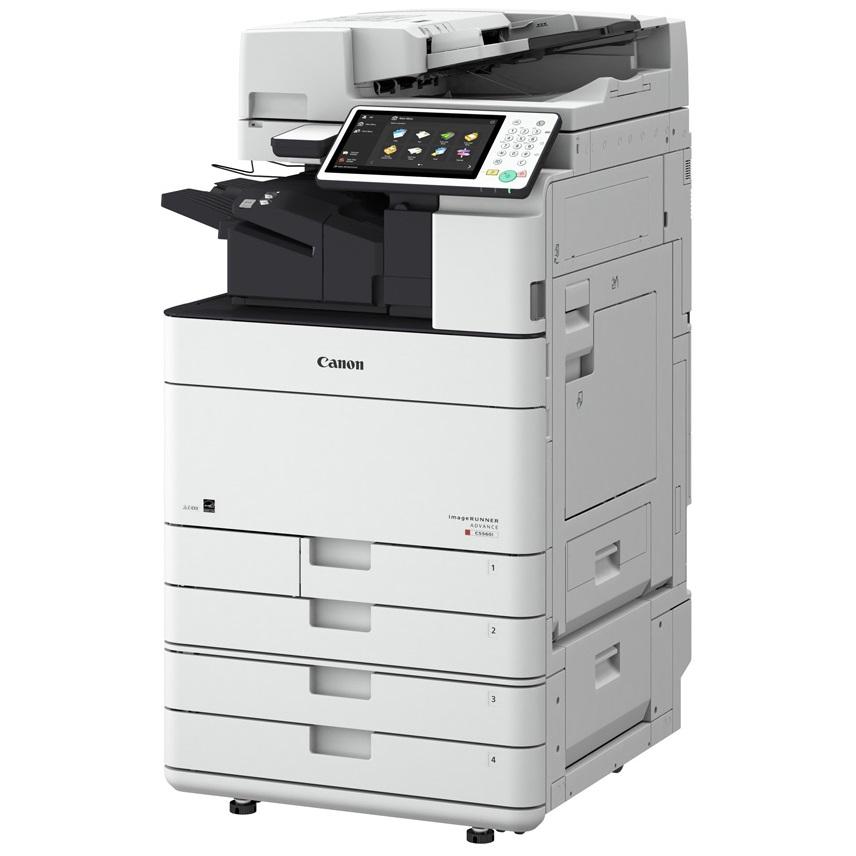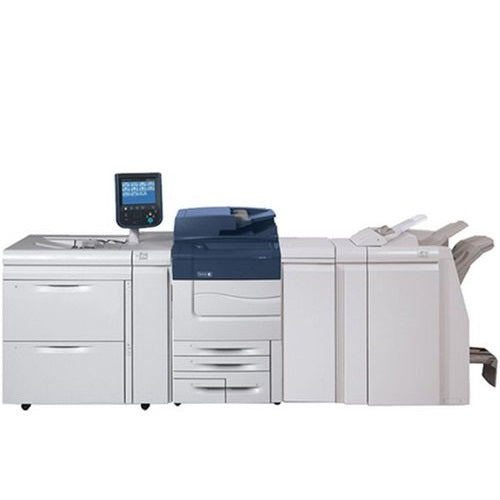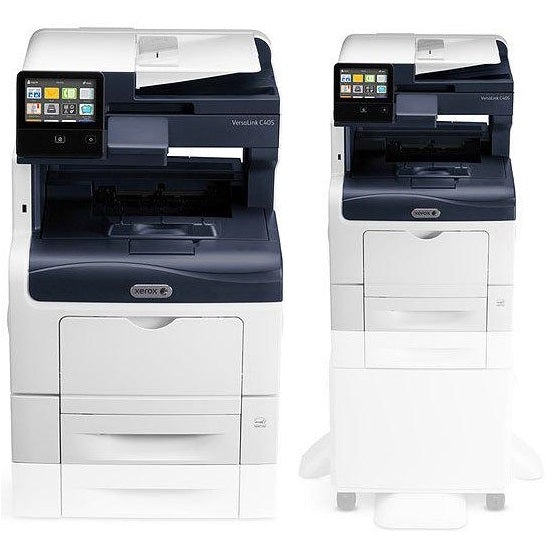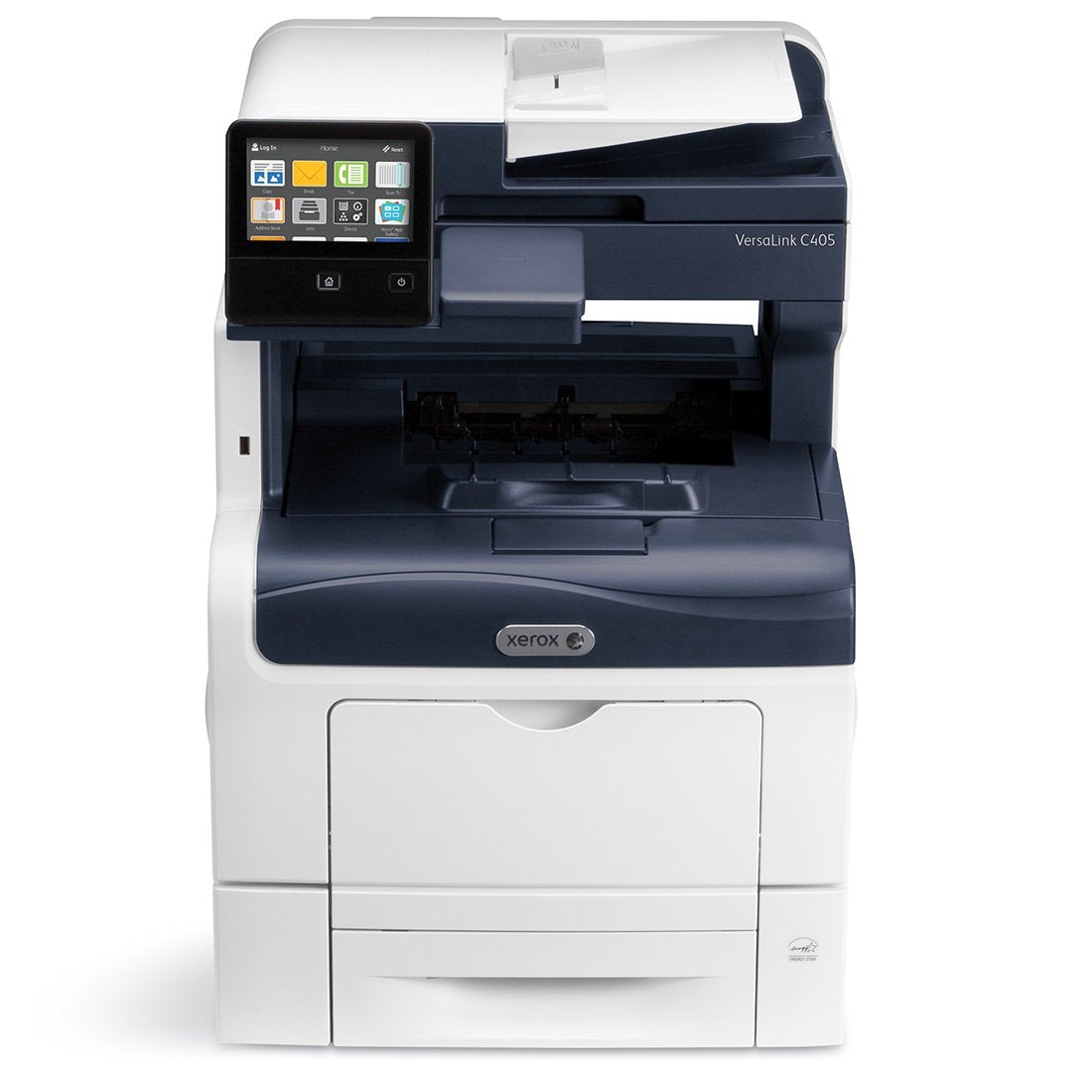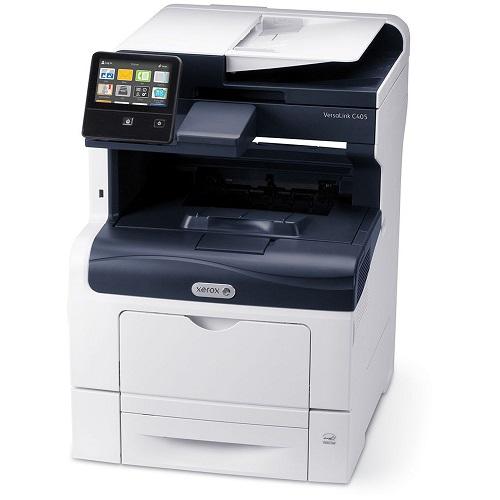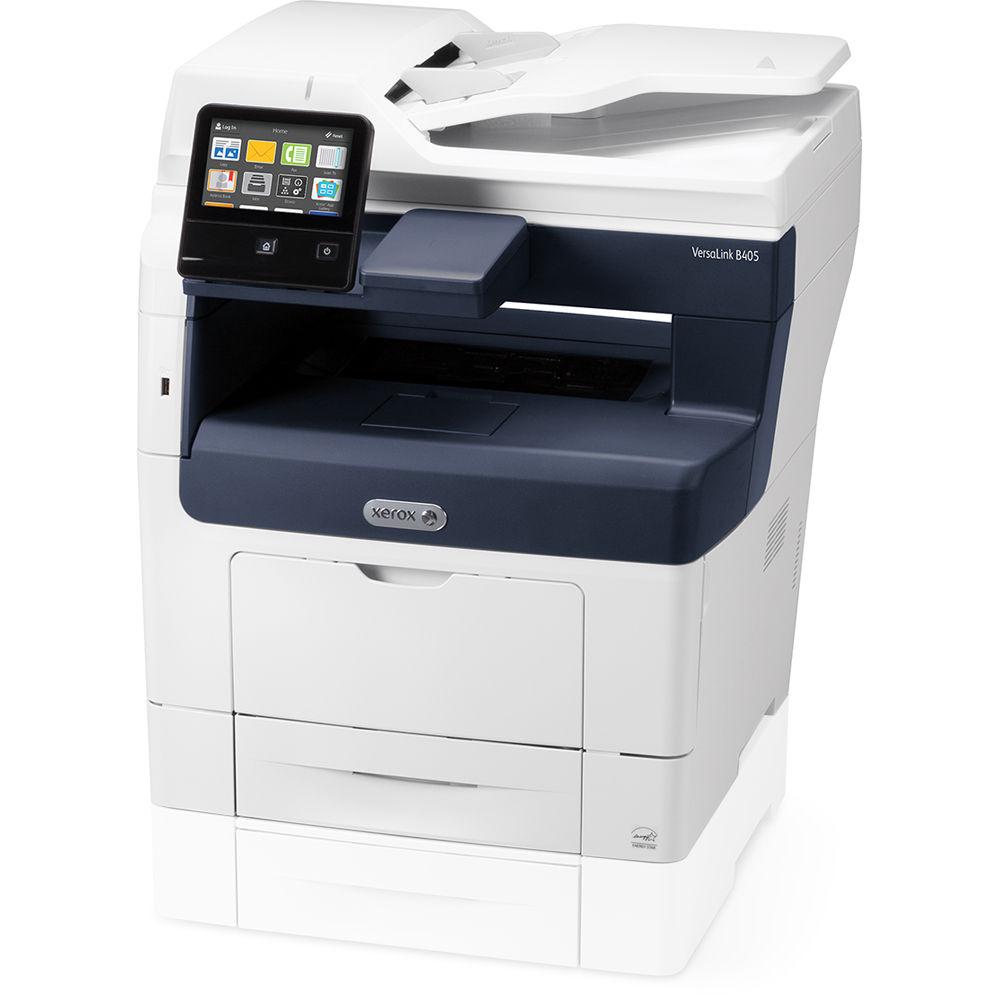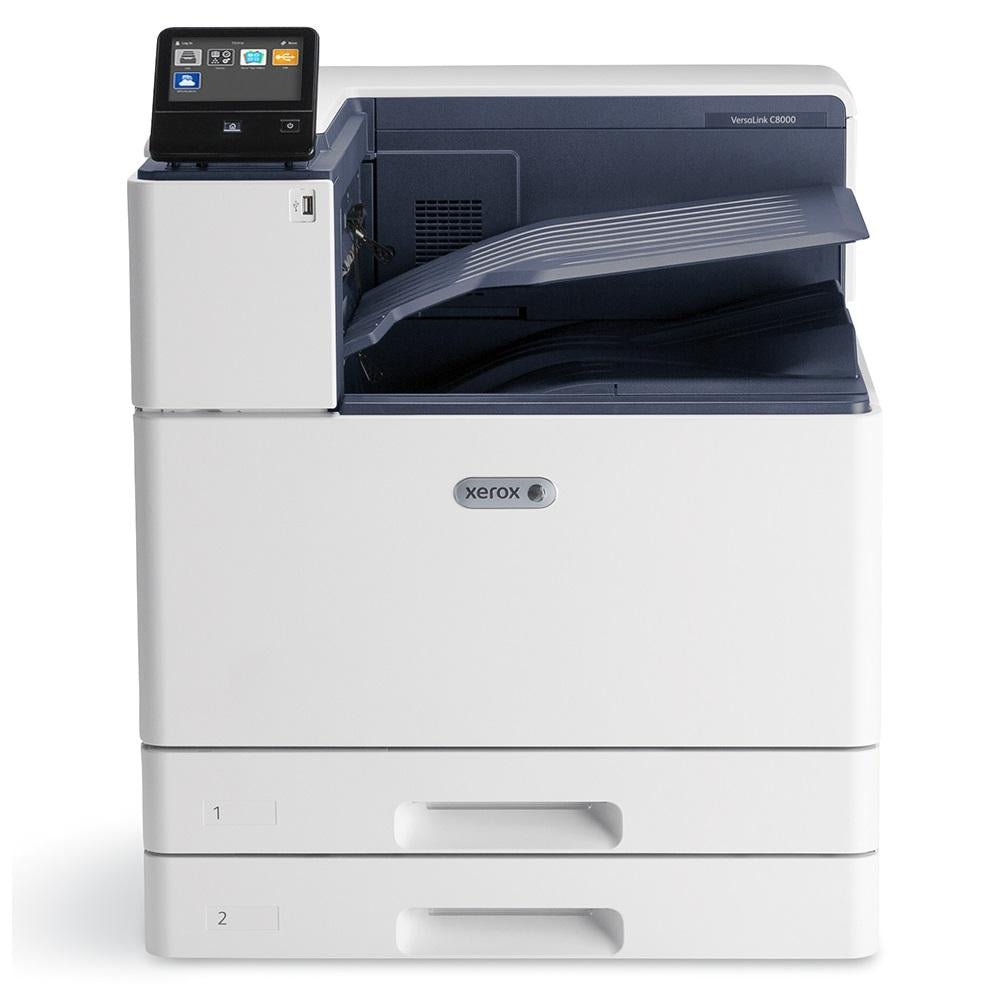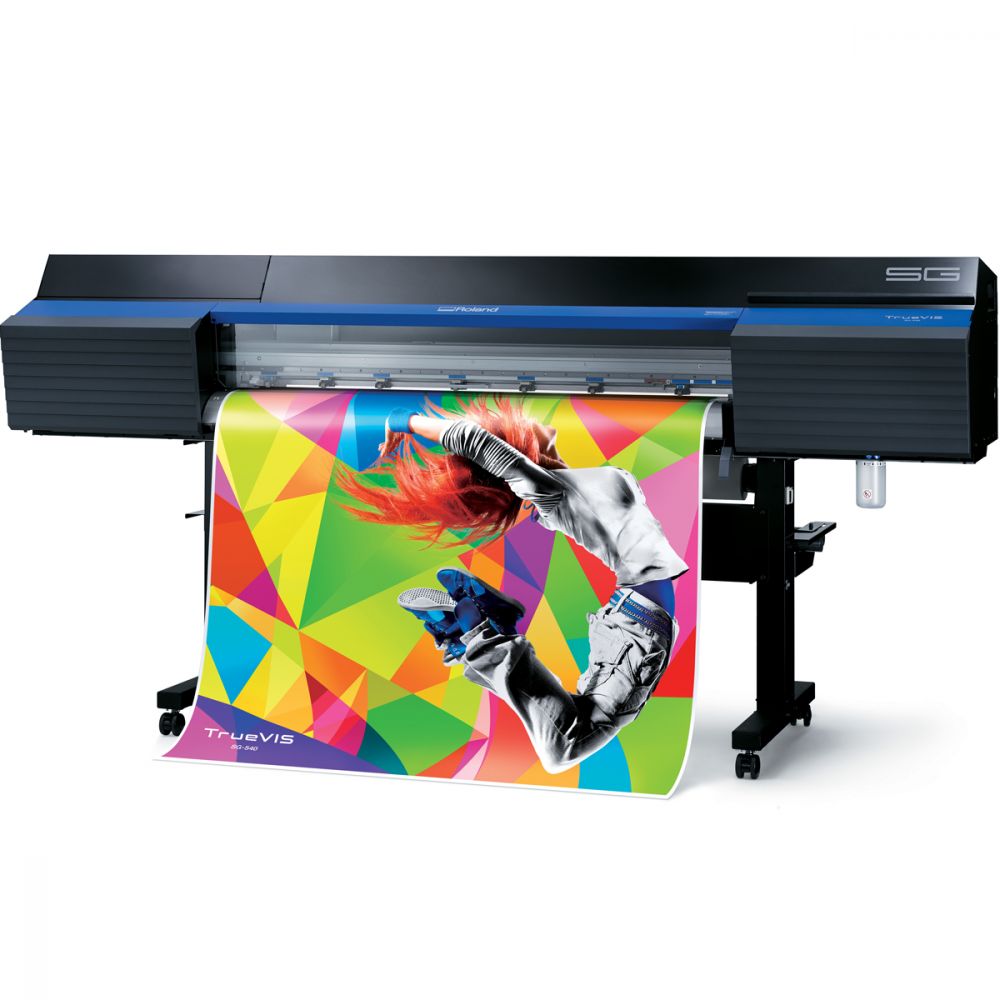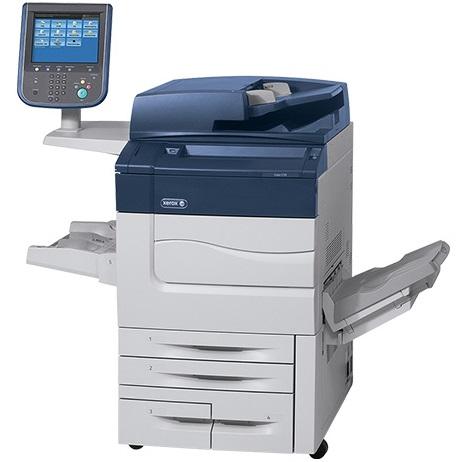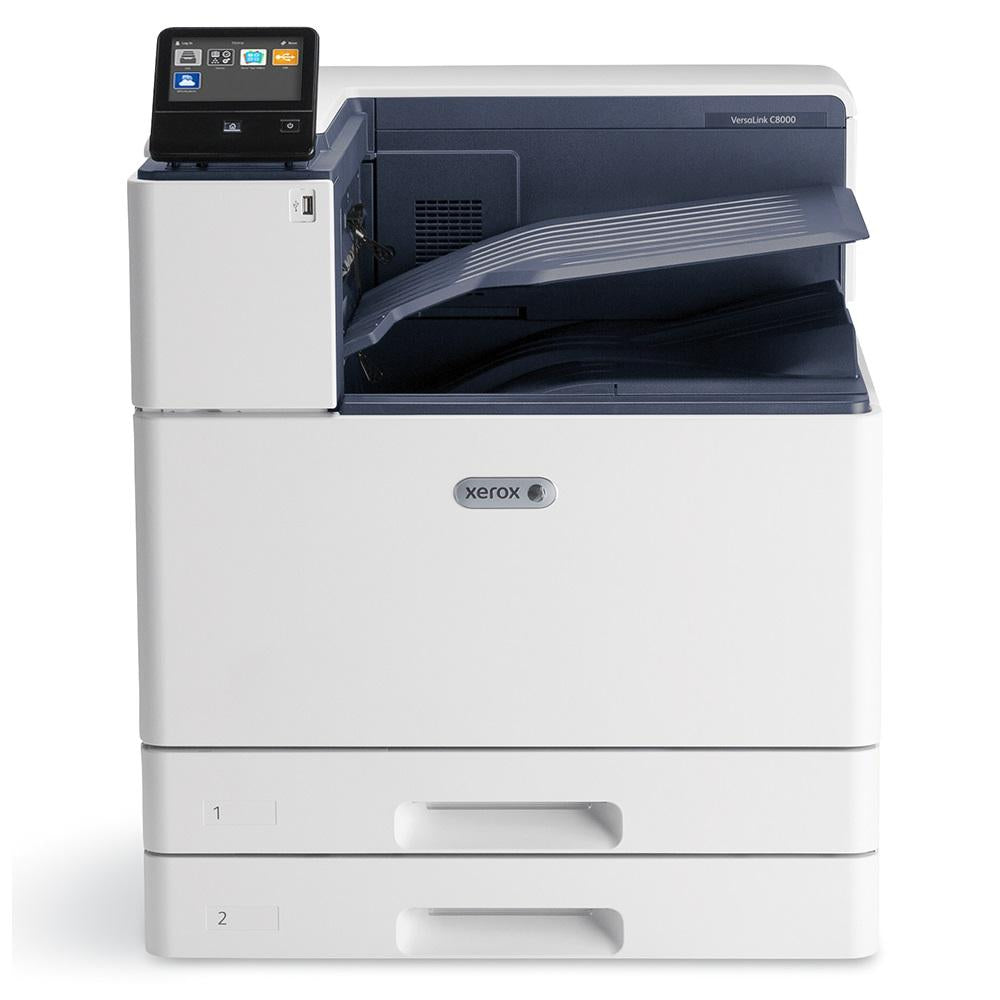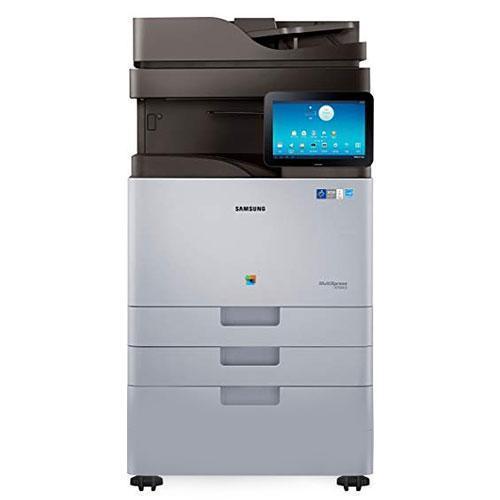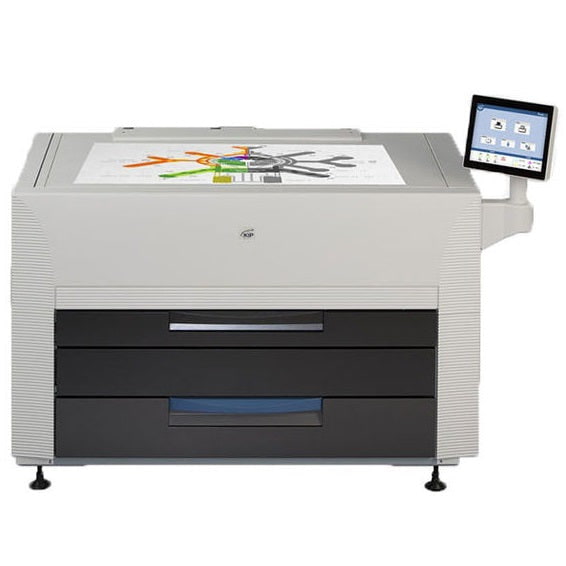If you run a business, having a reliable printer is crucial for your daily operations. Leasing a printer can be a great option, especially for small businesses that cannot afford to purchase a printer outright. But with so many options available, it can be difficult to know where to start. In this article, we’ll guide you through the process of leasing a business printer, from assessing your needs to choosing the right provider.
Table of Contents
- Introduction
- Why Lease a Business Printer?
- Assessing Your Printing Needs
- Types of Business Printers
- Inkjet Printers
- Laser Printers
- Multifunction Printers
- Cost Considerations
- Lease Payment Options
- Maintenance Costs
- Other Fees
- Choosing a Provider
- Researching Providers
- Comparing Contracts
- Customer Service
- Conclusion
- FAQs
Introduction
Leasing a business printer can be a cost-effective solution for businesses of all sizes. Instead of money upfront to purchase a printer, you can pay a monthly fee to lease a printer that meets your specific printing needs. In this article, we’ll explore the benefits of leasing a business printer and provide a comprehensive guide to help you choose the right one for your business.
Why Lease a Business Printer?
Leasing a business printer offers several advantages over purchasing one outright. Here are some of the main benefits:
- Lower upfront costs: When you lease a printer, you don’t have to pay the full cost of the printer upfront. Instead, you make monthly payments, which can be more manageable for small businesses with limited budgets.
- Up-to-date technology: Technology is constantly evolving, and printers are no exception. By leasing a printer, you can upgrade to newer models as they become available, ensuring that you always have access to the latest features and technology.
- Predictable expenses: Leasing a printer can help you budget for your printing expenses. Instead of having to pay for repairs and maintenance as they arise, you pay a fixed monthly fee that includes maintenance and support.

Assessing Your Printing Needs
Before you lease a business printer, it’s important to assess your printing needs. Here are some factors to consider:
- Volume: How much do you print on a daily or weekly basis? This will help you determine what type of printer you need.
- Quality: What level of print quality do you require? If you need high-quality prints, you may need to invest in a more expensive printer.
- Color: Do you need a printer that can print in color, or will black and white suffice?
- Special features: Do you need a printer that can handle large-format printing, duplex printing, or other specialized tasks?
By taking these factors into account, you can narrow down your options and choose a printer that meets your specific needs.

Types of Business Printers
There are several types of printers to choose from when leasing a business printer some of the most common types are:
Inkjet Printers
Inkjet printers are ideal for small businesses that need to print high-quality graphics and photos. They use liquid ink that is sprayed onto paper to create vibrant colors and crisp text. Inkjet printers are typically less expensive to lease than other types of printers, but they can be more expensive to maintain because ink cartridges need to be replaced frequently.
Laser Printers
Laser printers are ideal for businesses that need to print large volumes of text documents quickly and efficiently. They use a toner cartridge and a laser to create crisp, clean text that is easy to read. Laser printers are generally more expensive to lease than inkjet printers, but they are more cost-effective in the long run because toner cartridges need to be replaced less frequently.
Multifunction Printers
Multifunction printers, also known as all-in-one printers, can print, scan, copy, and sometimes even fax documents. They are ideal for businesses that need to perform a variety of tasks with a single device. Multifunction printers are typically more expensive to lease than single-function printers, but they can save space and money in the long run by eliminating the need for multiple devices.

Cost Considerations
When leasing a business printer, there are several cost considerations to keep in mind. Here are some of the most important factors:
Lease Payment Options
Most printer leasing agreements require monthly payments, but there are often several options available. Some providers offer a discount for paying annually or bi-annually, while others offer a lower monthly rate but require a longer lease term.
Maintenance Costs
Maintenance costs are typically included in the monthly lease fee, but it’s important to understand what services are covered. Some providers may charge extra for toner, paper, or other supplies, while others include everything in the monthly fee.
Other Fees
Some providers may charge additional fees, such as setup fees, early termination fees, or late payment fees. It’s important to read the fine print of any leasing agreement to understand all of the costs involved.

Choosing a Provider
choosing a provider for your leased business printer, it’s important to consider a few key factors:
Reputation
Look for a provider with a good reputation for quality service and support. Read online reviews and ask for recommendations from other businesses.
Customer Service
Choose a provider with excellent customer service. Make sure they are responsive to your questions and concerns and have a dedicated support team available to help you when you need it.
Lease Terms
Make sure the lease terms are clear and transparent, and that you understand all of the costs involved. Ask about any hidden fees or charges.
Equipment Quality
Choose a provider that offers high-quality equipment from reputable manufacturers. Make sure they offer the latest models and technology to ensure that your business stays up-to-date.
Conclusion
Leasing a business printer can be a cost-effective and convenient way to ensure that your business has access to the latest printing technology and features. By assessing your printing needs, choosing the right type of printer, and selecting a reputable provider, you can streamline your printing operations and save money in the long run.
FAQs
Q1. Can I cancel my printer lease early?
Most printer leasing agreements have an early termination fee, so it’s important to read the fine print and understand the costs involved if you need to cancel your lease early.
Q2. What happens if my leased printer breaks down?
Most leasing agreements include maintenance and support services, so if your printer breaks down, you should contact your provider for assistance.
Q3. Can I upgrade to a newer printer model during my lease?
Many providers offer the option to upgrade to a newer printer model during your lease term. Contact your provider to see if this is an option.
Q4. Do I have to pay for toner and paper separately?
Some providers include toner and paper in the monthly lease fee, while others charge extra. Make sure you understand what is included in your lease agreement.
Q5. How long does a printer lease typically last?
Printer leases can last anywhere from one to five years, depending on the provider and the lease terms.
